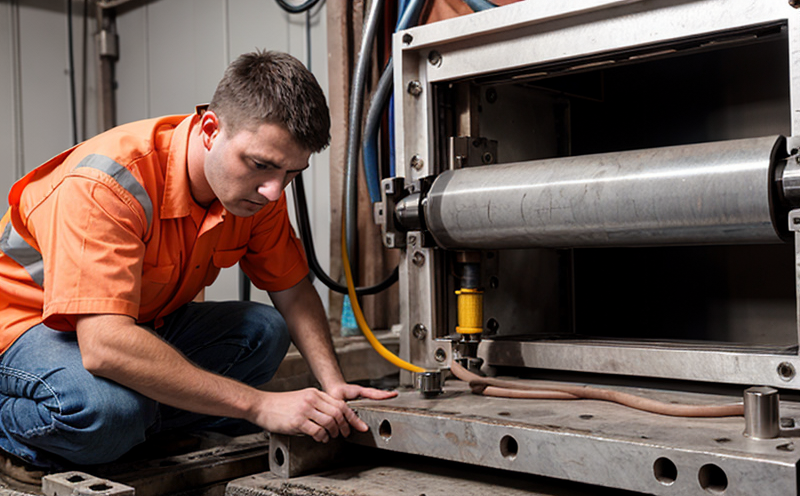ASTM D790 Flexural Strength Testing of Lighting Components
The ASTM D790 standard is widely recognized in the materials testing industry, particularly for assessing the flexural strength of solid plastics. When this test protocol is applied to lighting components such as diffusers or reflectors, it ensures that these parts can withstand mechanical stress without failing.
Flexural strength tests are critical for quality assurance and product reliability, especially in sectors like automotive, aerospace, and consumer electronics where component durability under load is paramount. For lighting fixtures, this test helps verify the structural integrity of components such as lenses or reflectors before they are integrated into final products.
The ASTM D790 method involves bending a specimen until it fractures. This process simulates real-world conditions that materials might encounter during use, providing valuable insights into their performance properties. In the context of lighting components, understanding flexural strength helps manufacturers design more robust and longer-lasting fixtures.
Proper specimen preparation is crucial for accurate results. Specimens should be cut to specified dimensions based on ASTM D790 guidelines, ensuring uniformity across samples. Once prepared, these specimens are subjected to a bending load using a universal testing machine (UTM). The point at which fracture occurs provides the flexural strength value.
Instrumentation plays a vital role in executing this test effectively. A UTM equipped with appropriate fixtures is used to apply a controlled loading rate, typically between 20 and 50 inches per minute. This precision ensures consistent results across multiple tests. Additionally, digital load cells measure the applied force accurately.
Acceptance criteria for flexural strength are defined by ASTM D790 itself. Typically, these involve specifying a minimum acceptable value based on material type and application requirements. Compliance with these standards guarantees that lighting components meet industry expectations regarding durability and performance.
In summary, ASTM D790 flexural strength testing is essential for ensuring the mechanical integrity of lighting components. By following established procedures and interpreting results correctly, manufacturers can produce high-quality products that stand up to rigorous operational demands.
Applied Standards
| Standard | Description |
|---|---|
| ASTM D790-18 Standard Test Method for Flexural Properties of Unreinforced and Reinforced Plastics | This standard provides detailed procedures for conducting flexural strength tests on solid plastics, including those used in lighting components. |
Industry Applications
- Automotive headlight assemblies
- Aircraft cabin lighting systems
- LED reflectors for street lamps
- Diffusers in consumer electronics displays
Quality and Reliability Assurance
Flexural strength testing under ASTM D790 ensures that lighting components meet strict quality standards. By identifying potential weaknesses early, manufacturers can implement improvements leading to more reliable products.
This testing process also supports compliance with international regulations aimed at enhancing public safety and environmental sustainability. For instance, in the automotive industry, failure during flexural strength tests could indicate insufficient material selection or design flaws that might compromise vehicle performance or safety features.
For lighting manufacturers, consistent adherence to ASTM D790 helps build trust among consumers who expect high-quality products from reputable brands. In environments where longevity and energy efficiency are key considerations, such as in public infrastructure projects, these tests play a crucial role in selecting durable materials for long-term installations.





